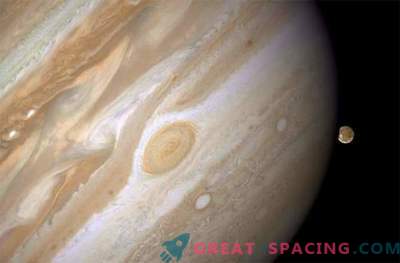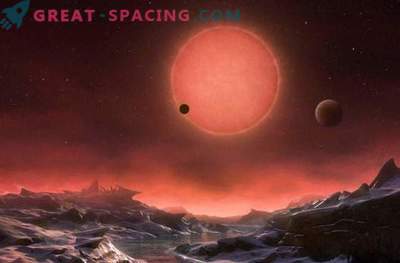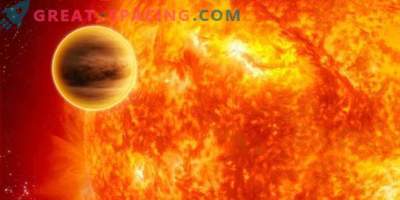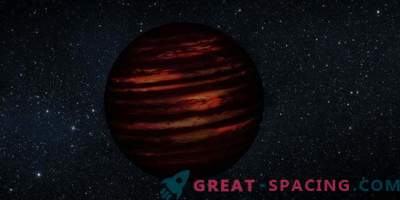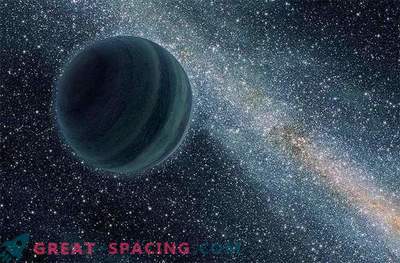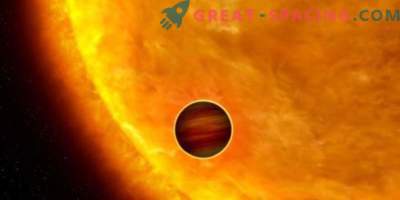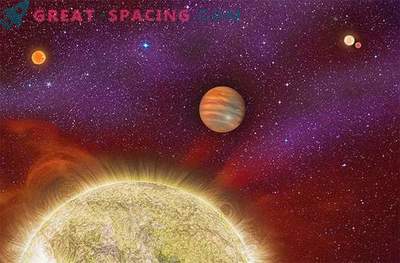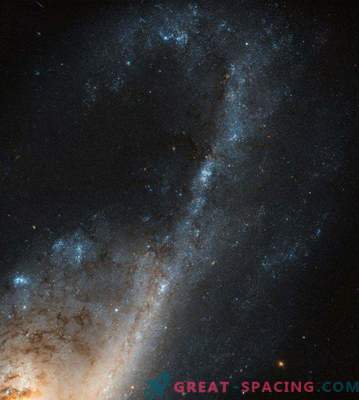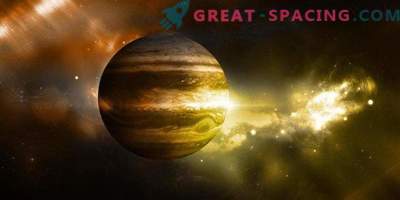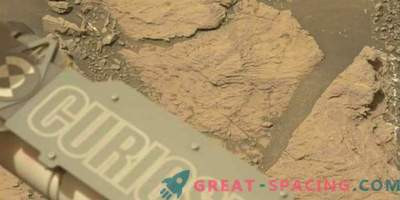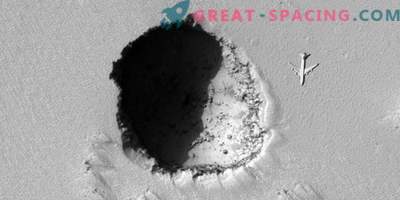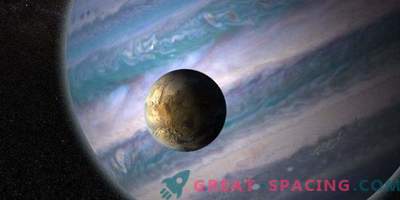
Scientists have discovered the smallest and most similar to the planets of the solar system exoplanet, orbiting a distant star.
The find was named 51 Eridani B. It is only twice as heavy as Jupiter and is located about 97 light-years from Earth.
The discovery will help astronomers to take another look at the device and the processes of formation of planetary systems.
“We do not know so many planets like 51 Eridani B, and most of them are at least five times larger than Jupiter. This circumstance demonstrates how difficult it was to capture such a crumb as Eridani, ”says Professor Bruce McIntosh of Stanford University, California, who led the study. “Jupiter-like planets are many times dimmer than the stars around which they rotate. Such celestial bodies are practically indistinguishable in the bright light of a star. ”
For research involved the resources of the Gemini Observatory. An international team of scientists, working under the control of the Macintosh, tried out new observatory equipment designed specifically for finding and watching dim planets orbiting bright stars. The tool is also adapted to detect young planets that emit infrared light.
In the process of forming a new planet, gases are compressed into solid matter, accompanied by the gradual heating of a new celestial body. Then, over the next hundred million years, the planet gradually cools, converting most of the thermal energy into infrared radiation.
“The search for young planets is one of the priorities of modern astronomy, since the processes behind their appearance have not yet been fully studied,” says McIntosh. “Two decades ago, we had a beautiful theory that fully described the likely way that planets would appear in our solar system. But over the past decades we have concluded that many distant solar systems can be completely different from ours, and the theory we used was not at all complete. ”
Today, there are many options for the formation of planets and their systems - they can be created from gases and from solid formations; Processes can proceed both quickly and slowly. According to McIntosh: “Our find is the first of all planets discovered by scientists, the chemical composition of which almost completely coincides with the set of elements that we see on Jupiter. The atmosphere of 51 Eridani B consists entirely of methane, and the surface is enveloped in dense clouds. In fact, we reached the moment when we were able to see another version of Jupiter, formed 20 million years ago. ”
Most of the known exoplanets practically does not contain methane. “Many exoplanets in terms of the composition of their atmosphere look more like cooled stars,” says McIntosh. However, the atmosphere of 51 Eridani B is much colder - only 430 degrees Celsius.
“So it's more like a planet,” says McIntosh.
This discovery is part of a large-scale study at the Gemini Observatory base, which includes observations of six hundred stars with potential planetary systems.
